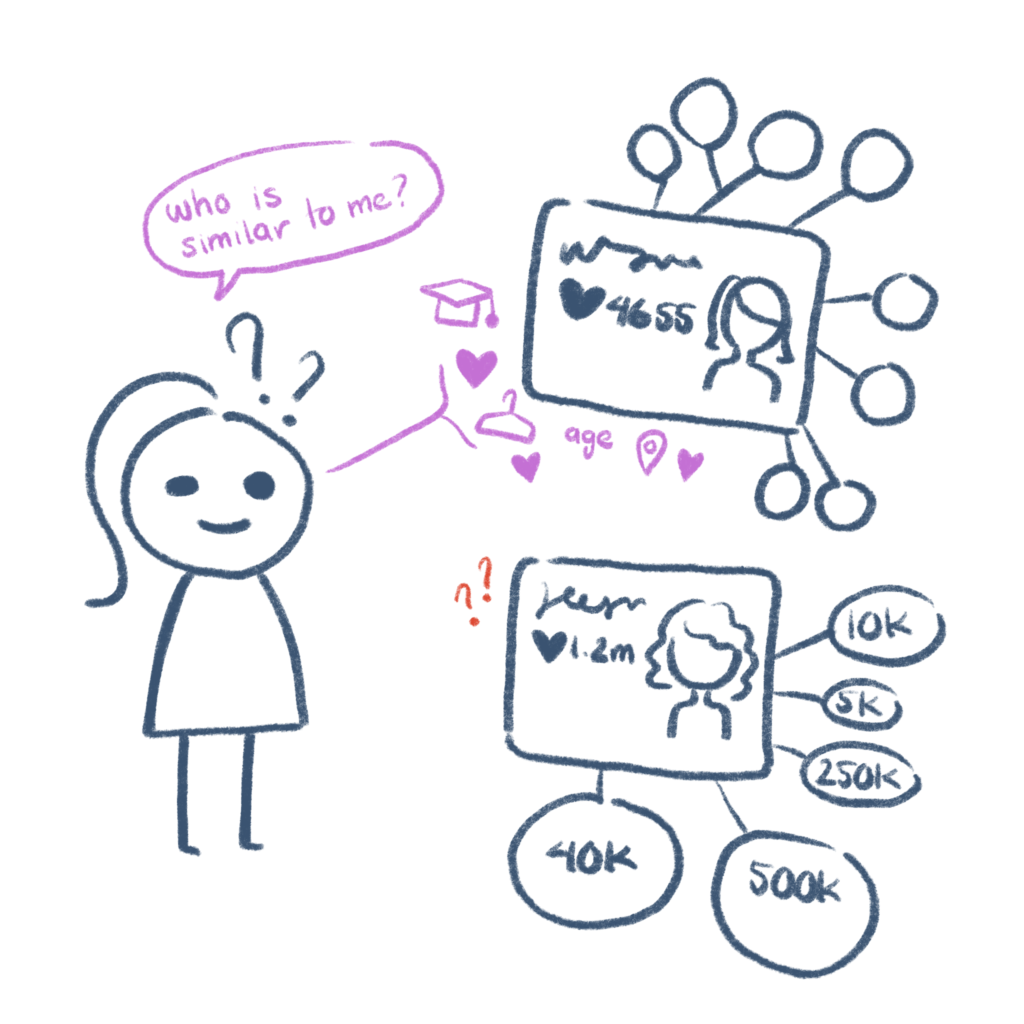Nowadays, a lot of consumers use Instagram as a source of style inspiration. This has been a wonderful thing for brand marketers — instead of worrying about the logistics of creating a marketing campaign, hiring models, creating sets, and preparing shoots — all of that work can be delegated to social media influencers. Now comes the question — as a brand, how should we choose the right influencer for our marketing campaign? How do we ensure that we get the engagement that we want? Should we choose macro-influencers — those with a large following, or perhaps those that are lesser-known? What is the most important factor that determines how effective an influencer is when engaging an audience? Homophily.
One study aimed to find out the reasons for which different followers liked certain influencers. Do people follow influencers because they are attractive? Well, only somewhat. Attractive posts catch the eye. However, it was not the main reason. When asked about why they followed their favourite influencer, many participants said that the influencer led a lifestyle that they wanted for themselves, or they shared similar interests with them. The influencer has to be relatable. In this way, Instagram acts as a mirror for followers. Influencers are often living the life that their followers want. One of the participants, Martha, said that both of her parents were doctors and wanted her to pursue medical school instead of fashion-related subjects. One of Martha’s favourite influencers is Eva Chen. She similarly left medical school to work for a fashion magazine. Perhaps Martha felt that Eva would understand her circumstances, and is now someone she aspires to be. Birds of a feather indeed flock together. On Instagram, the influencer model follows the concept of homophily. Followers prefer to like influencers that they share common interests with. Not only will he/she be able to see more content that they like — but through the influencer, he/she is exposed to that influencer’s follower-base.

If you thought that choosing the macro-influencer (with more followers) over the micro-influencer would yield more engagement, think again! One study also found there was trust for micro-influencers as compared to macro-influencers. Homophily explains this as well. When an influencer has a large following, they usually have to cater to a larger range of interests held by their followers. They may be viewed more like a celebrity to be admired from afar — which decreases the influencer’s similarity. On the other hand, a micro-influencer might have a following that shares similar interests with each other. Pleasing “everybody” is not an issue.
The main takeaway is that homophily (not necessarily popularity!) is what drives engagement and credibility on Instagram. One may think that someone would be more likely to show affinity with a more popular influencer. But instead, it is homophily — how similar a follower perceives the influencer is to them.
Links
https://essay.utwente.nl/72306/
http://hb.diva-portal.org/smash/record.jsf?pid=diva2%3A1232481&dswid=3681
